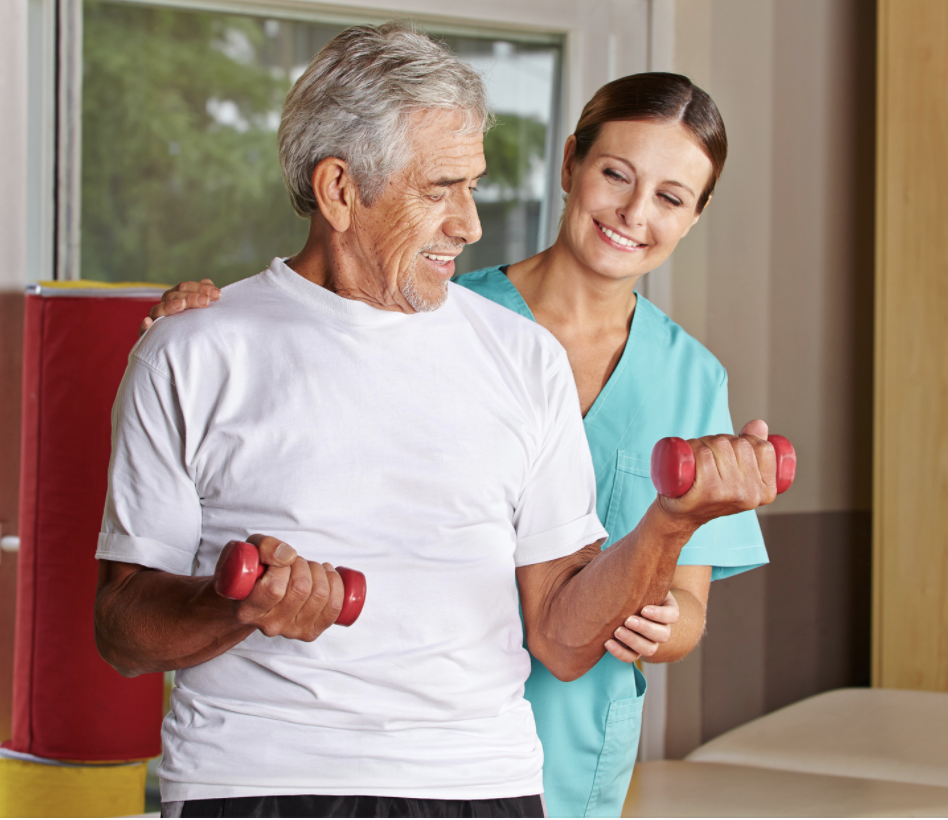Muscle Memory: Preventing The Loss Of Muscle Mass
February 24, 2021

Many of us right now are probably good living examples of what happens when you become physically inactive and begin to lose muscle mass (called sarcopenia when the loss becomes serious and accelerated). Because of the pandemic, activity levels have plummeted, time on the couch has expanded, and as a result, many may now be experiencing balance problems and a higher risk of falls, due to loss of muscle mass. According to Dr. Roger Fielding, a research scientist who leads a team studying the role of physical activity and diet on sarcopenia at Tufts University, loss of muscle mass has been another health casualty of the COVID pandemic. With falls being the #1 cause of accidental death among people 65 and older (as well as leading to social isolation and a host of other medical consequences) the need to combat the loss of muscle mass that has accompanied the pandemic should be an important public health goal. While Dr. Fielding reports there are no FDA approved meds on the market to combat loss of muscle mass, he reiterates something that agebuzz also promotes: resistance and strength training, along with proper nutrition, to help build back muscle and lead to better balance (and better health more generally).
In fact, there are several recent studies that have addressed muscle aging, muscle weakness, and muscle loss. According to the Merck Manual, loss of muscle tissue starts in adults around age 30, as the amount of muscle tissue and the number and size of muscle fibers begin to decrease. This loss of muscle will then place increased stress on certain joints (such as your knees) but as we’ve previously said, this can be countered and combated with exercise and strength training. Muscle loss can also occur from certain diseases, including cancer, that rob muscles of their energy. Most often it’s due to a lack of activity and can lead to problems beyond the risk of falls, including weakness in upper limbs, reduced hand strength, and muscle twitching or cramps. Through physical activity, you can bring back muscle strength but it can also quickly disappear if you once again become inactive.
New research out of the University of Basel reports that rapamycin, an already existing drug used for immunosuppression in organ transplantation (and possibly beneficial when applied topically for aging skin) appears to slow down age-related muscle wasting. And researchers out of Duke University, using lab-grown muscles, recently determined that diseases such as sarcopenia can lead to chronic inflammation in the body but that exercise can ward off the effects of the inflammation. Bottom line? Whether you suffer from muscle mass loss or just plain pandemic lethargy, strength training should put you on a steadier and healthier path.







